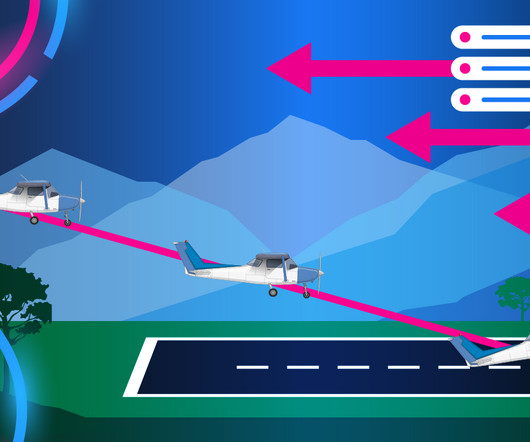Boom Supersonic XB-1 nears supersonic flight after passing stability test
Aerotime
NOVEMBER 17, 2024
The test focused on testing the aircraft’s handling qualities without the stability augmentation system (SAS) activated. Boom Supersonic Boom Supersonic Boom Supersonic Boom Supersonic The post Boom Supersonic XB-1 nears supersonic flight after passing stability test appeared first on AeroTime.













Let's personalize your content